The Board
A funky brushed anodised aluminium EMI shield is integrated over the top side of the card, protecting the gentle hardware underneath from the mess of EMI interference in a PC case. For those not in the know, that's a large part of why onboard sound is usually sub-par, so its inclusion is a good thing.It also makes the card look far better than your usual bog standard PCI card, although they've cut the corner to advertise Dolby and DTS, which leaves the AV200 chipset partly exposed. It uses the same brown/black PCB colour as the Creative series and all of the components are limited to the one side, under the EMI shield. The card uses a standard PCI interface, although the Xonar D3 will be PCI-Express x1.
You wouldn't expect it of the brushed aluminium finish but it sucks the fingerprints off your tips (yes that tips, with a "p"). The photos were taken even after a rub down (the card) with a cloth to remove as many as possible, but they seem to be stuck to the surface.
The central, circular speaker-esq design is literally just a design feature to give the EMI shield some character. It serves no actual function other than to light up orange around the edges and doesn’t act as a heatsink to any of the components inside either. Not that we’re complaining - lit up, the card has a subtle orange glow that looks great.
The Asus branding is obvious even when installed in a case, but it’s not overly intrusive like the Fatal1ty X-Fi cards that have red backlit “F”s on the edge. The PCI bracket is coloured gold and the connectors are all gold plated for corrosion prevention and lower electrical resistance. Both RCA S/PDIF sockets are dual plug jacks capable of digital and optical connections with the supplied adapter. Creative also offers a dual jack for S/PDIF on the X-Fi, but it’s the less popular 3.5mm version.
To top it off, all six 3.5mm analogue audio jacks are colour backlit so even in the dark when you’re reaching around the back of your case (we’ve all been there, straining our necks for a better look) you can easily tell which socket is which.
Even though USB is taking over for peripheral connectivity, it’s still a latency heavy connection compared to the older MIDI socket, so supporting the mini-DIN and 5-pin DIN MIDI plugs for both input and outputs is a worthy inclusion. The use of an extra PCI bracket means because most people won’t need it, Asus doesn’t need to waste the extra space on the main PCI bracket to include it. For those who do use it, they can route it where ever there is space.

MSI MPG Velox 100R Chassis Review
October 14 2021 | 15:04


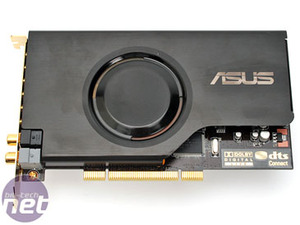
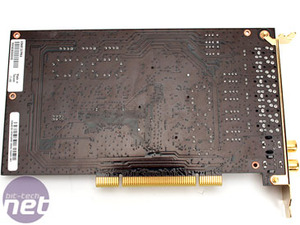
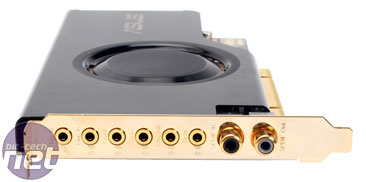
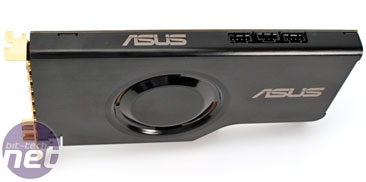
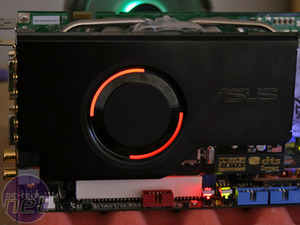
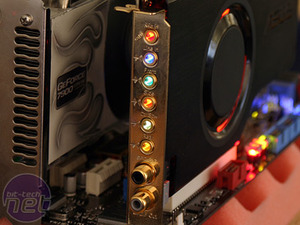
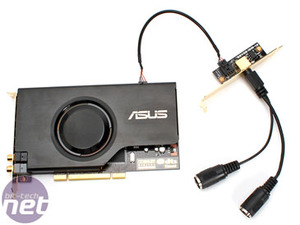
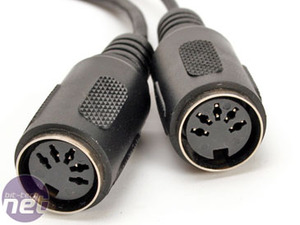







Want to comment? Please log in.